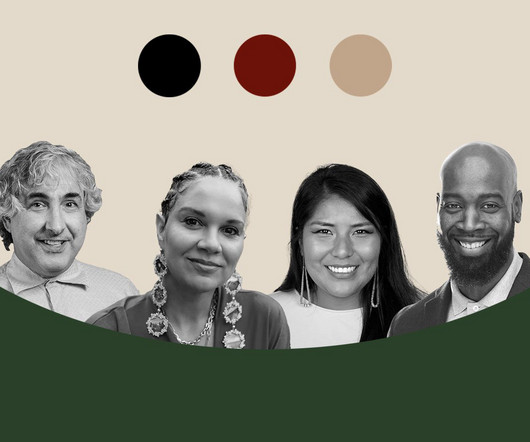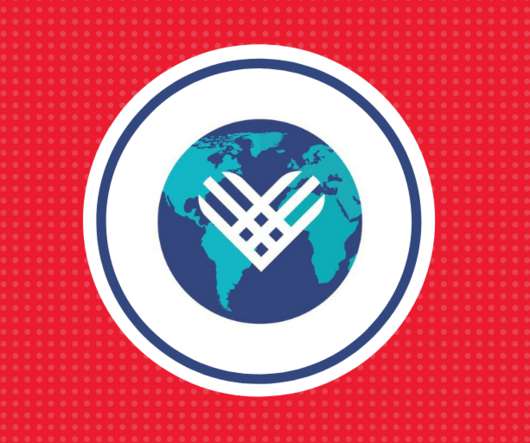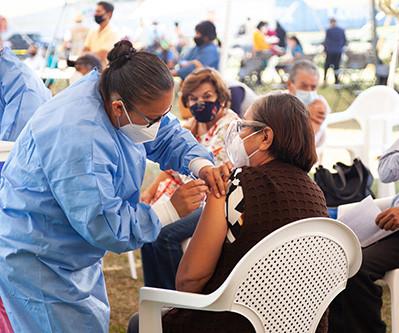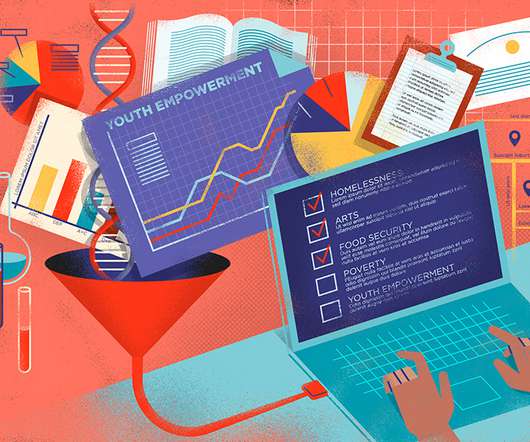[Breaking News] An Extraordinary Funding Opportunity For Nonprofits To Preserve Local Journalism
Bloomerang
SEPTEMBER 12, 2023
Here are ways nonprofits can contribute to the preservation of local journalism: Funding and grants: Nonprofits with education missions can apply for the available Press Forward funding and secure a five-year grant. This can include internships, research partnerships, and educational initiatives.
























Let's personalize your content